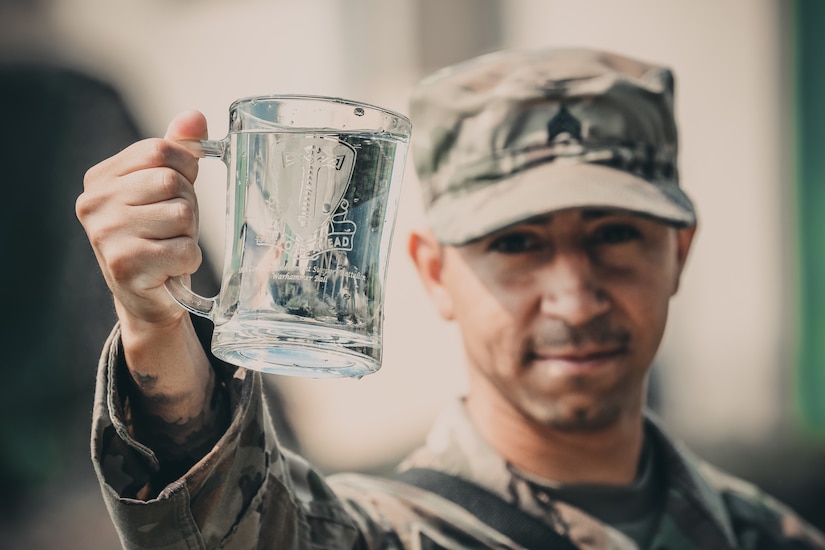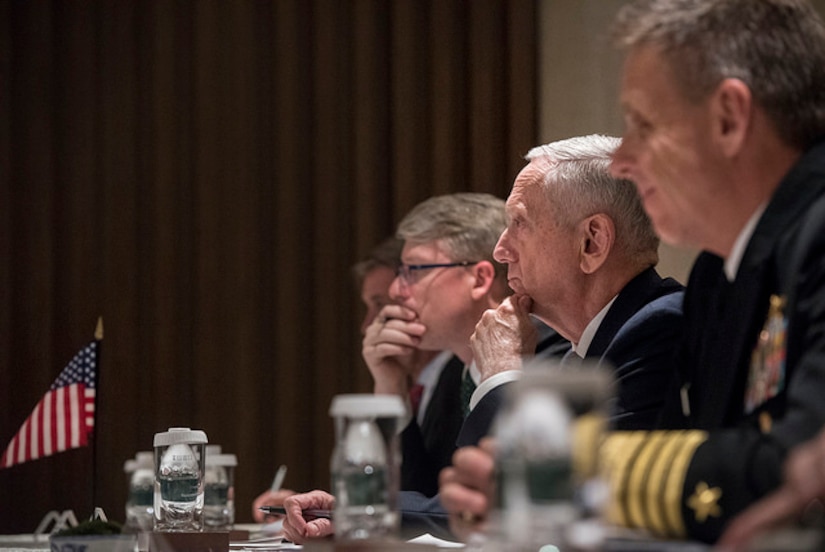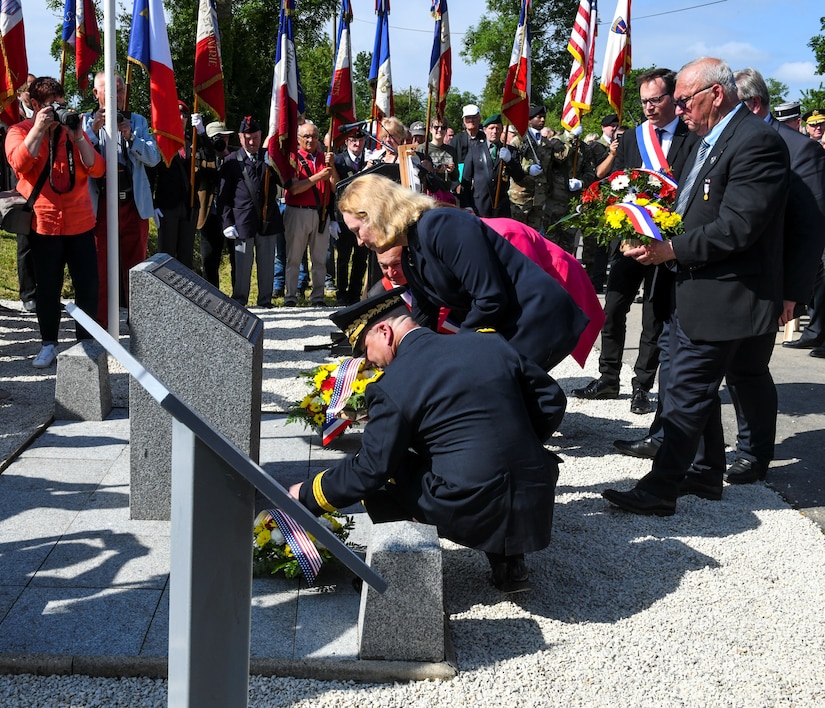By Army Pfc. Aaron Good, 126th Public Affairs Operations
Center
OLESZNA K DRAWSKOW POMORSKIEGO, Poland -- Service members
from 19 different nations have come together in Poland to enhance their
military knowledge and capabilities during exercise Saber Strike 18. The 240th
Composite Supply Company from Baumholder, Germany, has taken a vital role in
this year’s exercise.
The purification process begins with a “dolphin strainer”
positioned just off shore where the lake water enters the system. This large
strainer acts at the first-line of defense against objects and keeps fish or debris
from entering the system.
The water is then pumped into the microfiltration tank and
into the microfiltration system. After this, the water is then moved to a
high-density microfiltration membrane to filter out any additional debris.
Next, the water moves into a series of reverse-osmosis microfiltration systems,
high-pressure filters and a chlorine chemical water treatment to cleanse and
purify it.
Once the water has been filtered and chemically tested by
the team, it is deemed safe to consume and labeled for pickup.
Huge Motivator
“Knowing that the entire exercise is basically relying on us
is such a huge motivator for our company,” said Army Spc. Casey Reid, a
tactical water purification system operator assigned to the 240th CSC. “Our
purpose here is to ensure that service members from all nations have pure,
clean water for the duration of the exercise, and being positioned on the beach
for two weeks isn’t so bad, either.”
It takes about two hours to fill one 3,000-gallon water
bladder. Within the first two days of operation, the 240th CSC produced nearly
25,000 gallons of drinking water for Saber Strike 18.
The tactical water purification system is capable of pumping
125 gallons of water every minute and producing 25,000 gallons of fresh
drinking water in as little as four and a half hours. High-performance
water-filtration systems like these are vital for the success of a full-scale
exercise, Saber Strike officials said.










